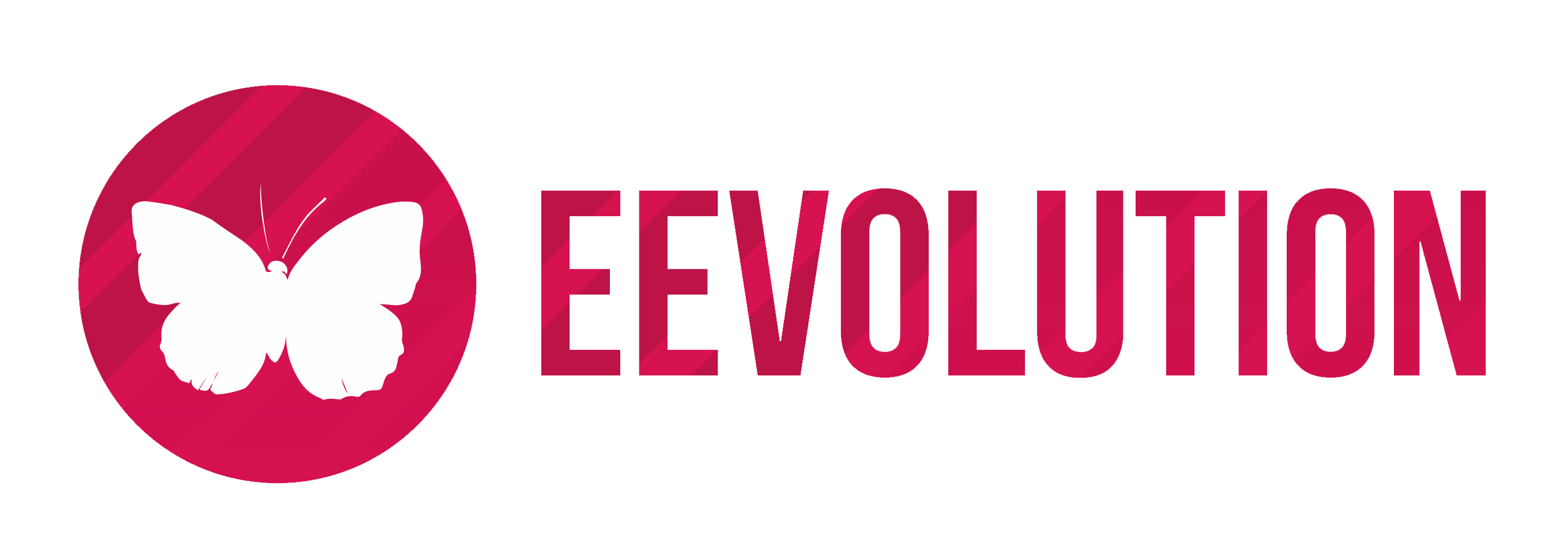Introduction
In today’s rapidly changing business environment, organisations across industries are adopting agile methodologies to improve flexibility, enhance collaboration, and deliver customer-centric solutions. Whether you’re a large retailer like Tesco, a tech company like O2, or even a creative brand like Moonpig, agile is transforming how teams work, innovate, and grow. This whitepaper provides a meta-analysis of key case studies from companies that have embraced agile working and demonstrates why adopting agile can benefit your organization, along with practical steps to get started.
The Growing Popularity of Agile Across Industries
Case Study Highlights
- Tesco – Agile Delivery in Action: Tesco, one of the UK’s largest retailers, was grappling with inefficient processes and overwhelming workloads across its teams in both the UK and India. By implementing a tailored agile framework, they optimised workflows, introduced regular check-ins, and streamlined communication. As a result, Tesco successfully met deadlines, delivered 12 product releases, and remained within budget.
- Fourth – Empowering Teams with Agile: Fourth, a software company specialising in recipe and menu engineering, used agile to improve collaboration and streamline project delivery. By introducing structured practices and providing agile training, Fourth achieved greater efficiency, empowered teams, and fostered better communication.
- O2 – Leading Agile Coaching: O2, a telecommunications provider, used agile to streamline the implementation of 4G programs within their Business Intelligence team. Through agile practices, O2 enhanced delivery speed, efficiency, and alignment across teams. This success led O2 to implement agile methods organization-wide, improving business outcomes.
- KFC – From Siloed Teams to Agile Collaboration: KFC UK&I adopted agile to enhance collaboration and break down silos across departments. The introduction of agile practices led to improved project delivery times and increased collaboration, demonstrating how agile can promote a more collaborative and flexible environment.
- Moonpig – Accelerating Business Agility: Moonpig, a company specialising in personalised gifts, adopted agile to streamline its operations. By forming cross-functional teams and implementing agile principles such as autonomy, experimentation, and data-driven decision-making, Moonpig reduced delivery times, improved team engagement, and aligned teams across departments.
Why Should You Adopt Agile? The Benefits Across Sectors
The benefits of adopting agile are far-reaching, and organizations across industries are reaping the rewards:
- Improved Collaboration and Communication:
Agile practices emphasise teamwork and clear communication, helping departments work together more effectively. By incorporating regular check-ins, retrospectives, and clear role definitions, agile encourages open communication and breaks down silos. - Faster Time-to-Market:
Agile allows teams to deliver products incrementally, ensuring faster delivery of high-quality solutions. Companies like O2 and Moonpig have demonstrated that agility helps accelerate delivery times, improving responsiveness to market demands and customer needs. - Flexibility and Adaptability:
Agile enables organisations to quickly adapt to changes, whether shifts in customer needs, market conditions, or internal priorities. KFC’s ability to pivot and meet business objectives through agile collaboration showcases this benefit. - Increased Efficiency:
By introducing structured processes, prioritising tasks, and reducing obstacles, agile improves operational efficiency. Both Tesco and Fourth saw significant improvements in efficiency after adopting agile practices. - Customer-Centric Focus:
Agile places a strong emphasis on delivering customer value early and continuously. Moonpig focused on improving customer engagement by adapting its agile processes to customer-centric delivery, which resulted in faster turnaround times for personalised products. - Empowered Teams:
Agile empowers teams to make decisions and take ownership of their work. O2 and Fourth saw improvements in team engagement and autonomy, leading to higher productivity and innovation.
The First Steps to Becoming Agile
To adopt agile in your organisation, it’s important to understand that agile is more than just a set of processes—it’s a mindset shift. Here’s how you can start:
1. Understand Agile Principles
Agile is based on principles that focus on delivering value early, working collaboratively, and embracing change. Familiarise yourself with agile methodologies like Scrum, Kanban, or DSDM. These frameworks each have their own specific practices, but they all share the same core principles of agility.
- Scrum: Scrum is one of the most popular agile frameworks and is ideal for teams starting their agile journey. It uses short work cycles (called sprints) to deliver pieces of a project incrementally. Scrum emphasises team collaboration and regular feedback.
- Kanban: This method focuses on visualising work and limiting the amount of work in progress. It’s more flexible than Scrum and works well for ongoing tasks or teams that deal with a continuous flow of work.
- DSDM: This framework is more structured and is particularly useful for large projects and teams. It is highly customisable, which is why it’s often adopted in complex environments. However, it may be more suitable for organisations that have already experienced agile practices.
2. Start with Scrum
For those unfamiliar with agile, Scrum is the easiest and most effective framework to begin with. Scrum offers a clear structure with defined roles such as Scrum Master and Product Owner, making it easier to introduce agile practices to teams. It also uses short sprints (typically 2–4 weeks), which allows teams to quickly adapt to changes and measure progress.
Here are the core elements of Scrum you’ll need to familiarise yourself with:
- Sprints: Short, time-boxed periods (usually 2–4 weeks) in which work is completed.
- Scrum Roles: These include the Scrum Master (who facilitates the process), the Product Owner (who defines the work), and the Scrum Team (who executes the work).
- Ceremonies: Regular meetings like Sprint Planning, Daily Stand-ups, and Sprint Retrospectives to review progress and plan next steps.
- Backlogs: The Product Backlog (a list of work to be done) and the Sprint Backlog (the work to be completed during each sprint).
3. Build Cross-Functional Teams
Agile works best with teams that include people from different departments. Bring together individuals with different expertise—such as marketing, IT, and sales—to create a collaborative team that can deliver solutions faster and with more innovative results.
4. Implement Agile Ceremonies
Start by incorporating key Scrum ceremonies into your team’s routine:
- Sprint Planning: Define what work needs to be done in the upcoming sprint.
- Daily Stand-ups: Short, daily meetings where team members share progress, impediments, and next steps.
- Sprint Retrospectives: After each sprint, discuss what went well, what didn’t, and how you can improve.
5. Prioritise and Iterate
Agile is all about delivering incremental value. Break down large projects into smaller chunks and focus on delivering them in short iterations. Use a product backlog to prioritise tasks and ensure the most valuable work is being done first.
6. Empower Your Teams
Trust your teams to make decisions and take ownership of their tasks. This empowerment leads to higher productivity, better outcomes, and a more engaged workforce.
7. Monitor and Adapt
Agile is a continuous improvement process. After each sprint, reflect on your team’s performance and make adjustments to improve processes, efficiency, and collaboration.
Conclusion
Agile methodologies are no longer confined to software development. As demonstrated by Tesco, Fourth, O2, KFC, and Moonpig, agile is a powerful tool for organisations across all industries. Whether you aim to improve collaboration, enhance efficiency, or respond more quickly to customer needs, agile can help you achieve these goals.
By embracing agile principles, building cross-functional teams, and continuously improving through iterations, your organization can reap the benefits of greater flexibility, faster delivery times, and a more customer-centric approach to business.
Bibliography
- Agile Business. (2023). Tesco – Agile Delivery in Action. Retrieved from Case Studies
- Agile Business. (2023). Fourth – Agile Empowerment. Retrieved from Case Studies
- Agile Business. (2023). O2 – Agile Excellence & Coaching. Retrieved from Case Studies
- Agile Business. (2023). KFC UK&I – Agile Transformation in a £1bn Business. Retrieved from KFC UK&I Case study:
- Agile Business. (2023). Moonpig – Adopting Business Agility. Retrieved fromCase-Study-Moonpig.pdf

